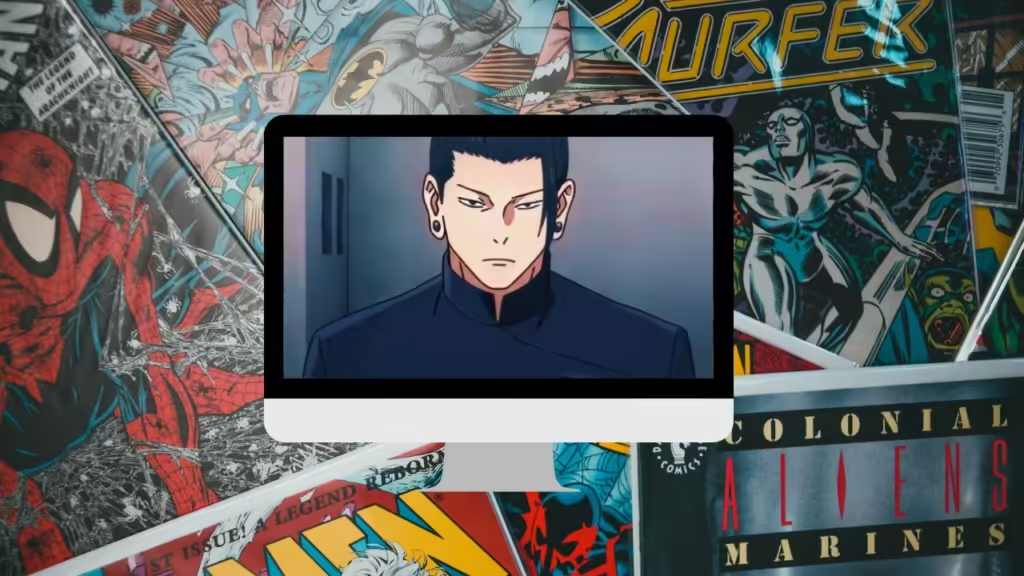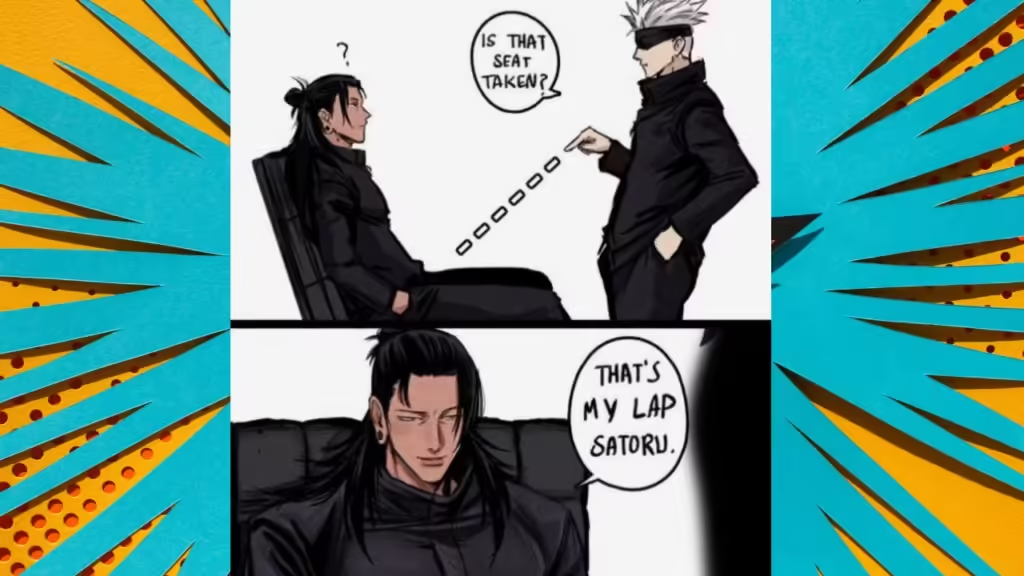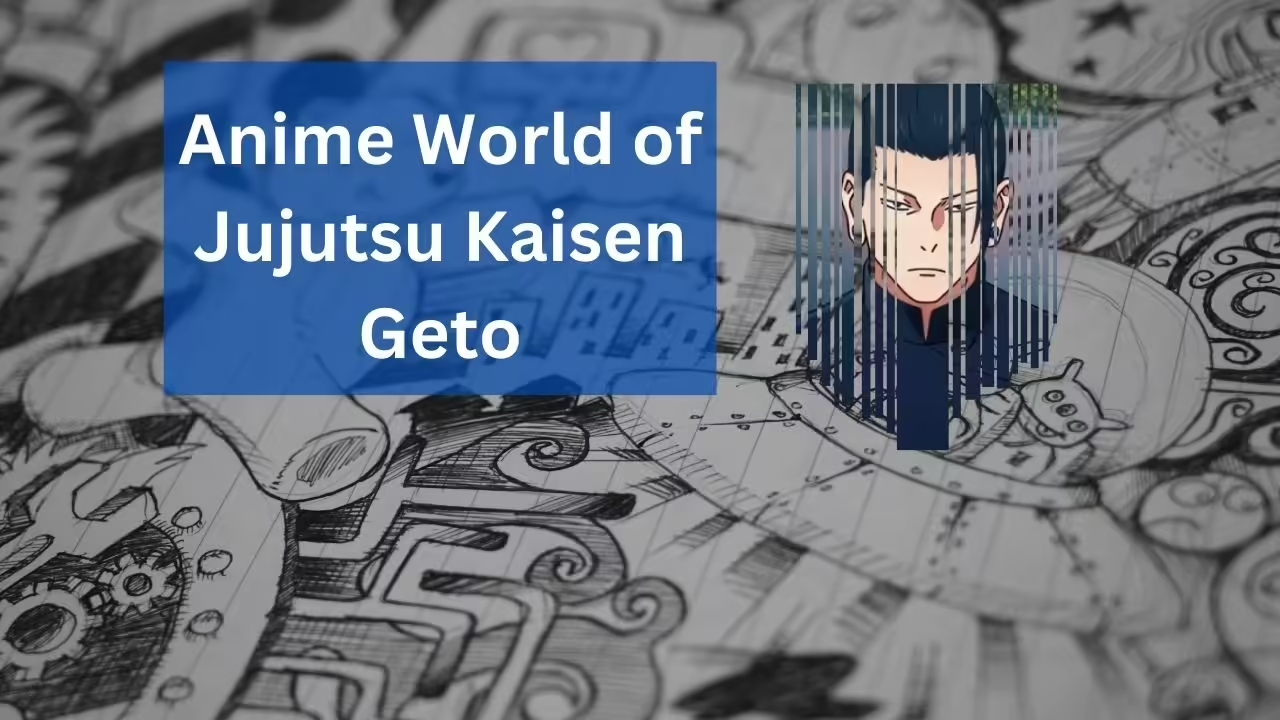Exploring Origins and Culture of Geto:
Geto – a term that evokes images of urban subcultures, musical genres, and distinctive lifestyles. But what exactly is Geto, and why has it become an integral part of our cultural landscape? In this comprehensive blog post, we delve into the fascinating world of Geto, exploring its origins, cultural significance, and how it continues to shape our understanding of society.
The Origins of Geto:
The term “Geto” traces its roots to the Italian word “ghetto,” originally used to describe areas in European cities where Jewish communities were confined. Over time, the term evolved to encompass any marginalized or impoverished urban community, particularly those with a distinct cultural identity and way of life.

In the United States, the concept of Geto emerged in the mid-20th century, as inner-city neighborhoods, often predominantly African American or Hispanic, faced challenges such as poverty, crime, and limited access to resources. These communities developed unique subcultures, characterized by a strong sense of community, a distinctive style of dress and music, and a shared experience of adversity.
The Rise of Geto Culture:
As the Geto communities gained visibility, their cultural expressions began to take center stage. One of the most prominent manifestations of Geto culture is its music, evolving into a diverse range of genres from hip-hop and rap to reggaeton and dancehall. These musical styles often reflect the lived experiences of Geto residents, serving as mediums for social commentary, political activism, and the celebration of community identity.
Beyond music, the Geto culture has influenced fashion, art, and language. Geto fashion, characterized by its streetwear aesthetic and bold, unapologetic style, has become a global phenomenon, with major fashion brands and designers drawing inspiration from these subcultures. Similarly, Geto-influenced art, from graffiti to murals, has gained recognition for its raw, expressive nature and its ability to give voice to marginalized communities.
The Rise of Jujutsu Kaisen: How Anime is Shaping Modern Manga Trends
In the ever-evolving landscape of anime and manga, a new series has taken the entertainment world by storm. “Jujutsu Kaisen,” the supernatural action-adventure anime adapted from the popular manga, has quickly become one of the most talked-about and celebrated properties in the industry.
What is it about “Jujutsu Kaisen” that has elevated it to such heights of popularity and critical acclaim? The answer lies in the series’ ability to seamlessly blend captivating characters, intense supernatural action, and thought-provoking themes into a cohesive and immensely entertaining package.
At the heart of “Jujutsu Kaisen” is the story of Yuji Itadori, a high school student thrust into the dangerous world of jujutsu sorcery. After accidentally swallowing a powerful cursed object, Yuji becomes the host for Ryomen Sukuna, an ancient and malevolent curse spirit. Forced to confront this new reality, Yuji is recruited by the jujutsu sorcerers, a group of individuals who possess the power to combat the ever-present threat of cursed spirits.
What sets “Jujutsu Kaisen” apart is its expert balance of high-stakes supernatural conflicts with deeply relatable human drama. Yuji’s struggle to come to terms with his newfound abilities and the burden of hosting Sukuna is a captivating exploration of identity, morality, and the weight of responsibility. The series delves into complex themes of sacrifice, the nature of evil, and the fine line between hero and villain, all while delivering adrenaline-fueled action sequences that have become a hallmark of the show.

The series’ ensemble cast of characters is another key factor in its widespread appeal. From the stoic and disciplined Satoru Gojo to the enigmatic and morally ambiguous Suguru Geto, each member of the jujutsu sorcerer team brings a unique perspective and set of abilities. The dynamic relationships and interactions between these characters, as well as their individual arcs, have resonated deeply with viewers, cementing “Jujutsu Kaisen’s” status as a character-driven masterpiece.
Beyond its narrative strengths, “Jujutsu Kaisen” has garnered acclaim for its stunning visual presentation. The series’ animation, produced by the acclaimed studio MAPPA, is a masterclass in fluid, dynamic action sequences and breathtaking supernatural imagery. The attention to detail, coupled with the series’ distinctive art style, has elevated “Jujutsu Kaisen” to new heights in the realm of anime production.
As the series continues to captivate audiences worldwide, it’s clear that “Jujutsu Kaisen” is more than just a passing trend. It is a landmark achievement in modern anime and manga that is redefining the genre and setting new standards for storytelling, character development, and visual artistry. The impact of this series will undoubtedly be felt for years to come, as it continues to shape the direction of the industry and inspire a new generation of creators and fans.
Conclusion:
In conclusion, “Jujutsu Kaisen” stands as a monumental force in the world of anime and manga. Its unique blend of captivating characters, intense supernatural action, and thought-provoking themes has set it apart as a modern masterpiece. The series not only entertains but also delves into deeper explorations of identity, morality, and responsibility, resonating with audiences on multiple levels. With its stunning visual presentation and dynamic storytelling, “Jujutsu Kaisen” has redefined genre standards and will undoubtedly influence future trends in the industry. As it continues to captivate and inspire, “Jujutsu Kaisen” solidifies its place as a transformative work that will be celebrated for years to come.
